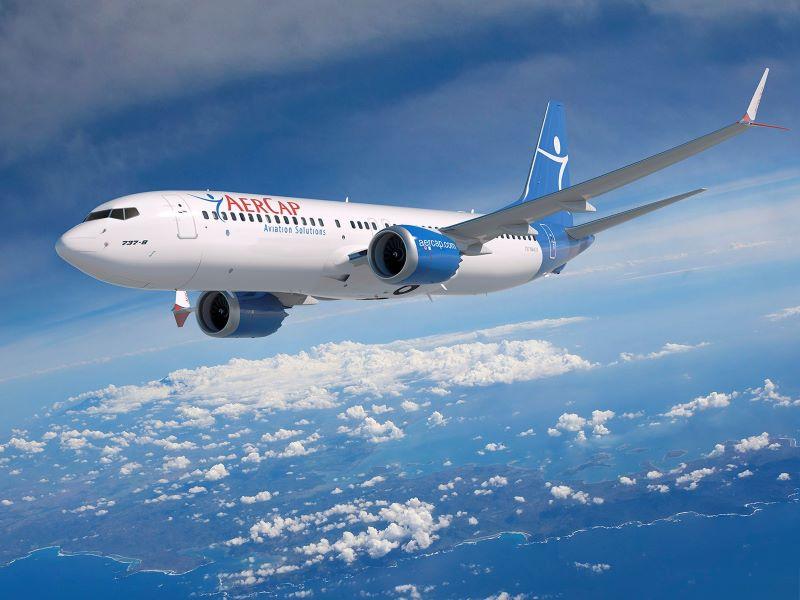
Credit: Boeing
Lease rates on current-generation models that declined during the downturn are reversing course, with even some widebody values showing resilience, AerCap CEO Aengus Kelly said. “I do think that we have seen a significant increase in asset values from the beginning of this year,” Kelly said on a Nov...
Subscription Required
This content requires a subscription to one of the Aviation Week Intelligence Network (AWIN) bundles.
Schedule a demo today to find out how you can access this content and similar content related to your area of the global aviation industry.
Already an AWIN subscriber? Login
Did you know? Aviation Week has won top honors multiple times in the Jesse H. Neal National Business Journalism Awards, the business-to-business media equivalent of the Pulitzer Prizes.

